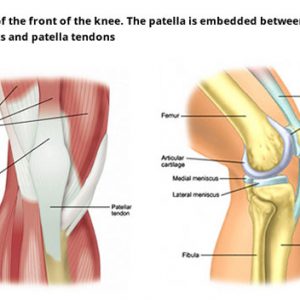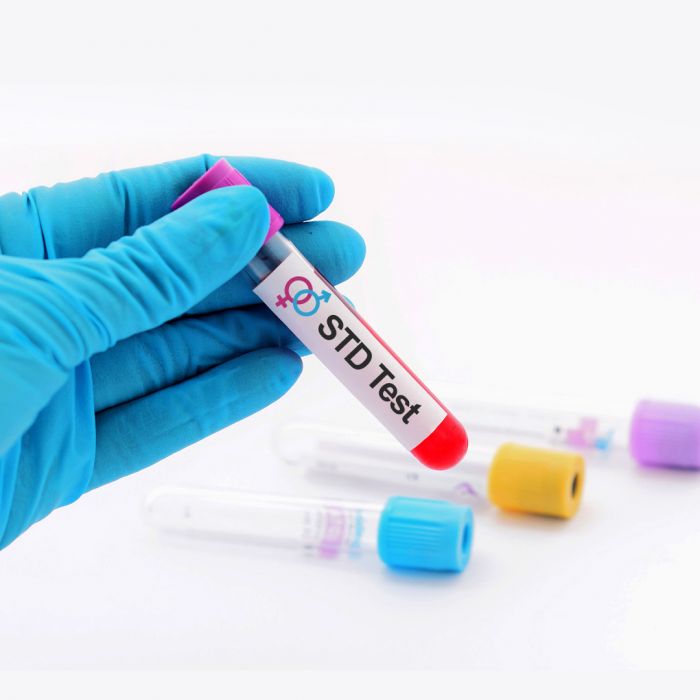Worrying pinched nerve in the neck symptoms? Cervical radiculopathy most often arises from degenerative changes that occur in the spine as we age or from an injury that causes a herniated, or bulging, intervertebral disk. Degenerative changes. As the disks in the spine age, they lose height and begin to bulge. They also lose water content, begin to dry out, and become stiffer. This problem causes settling, or collapse, of the disk spaces and loss of disk space height. As the disks lose height, the vertebrae move closer together. The body responds to the collapsed disk by forming more bone—called bone spurs—around the disk to strengthen it. These bone spurs contribute to the stiffening of the spine. They may also narrow the foramen—the small openings on each side of the spinal column where the nerve roots exit—and pinch the nerve root. Read additional information at pinched nerve.
Electromyography (EMG). Electromyography measures the electrical impulses of the muscles at rest and during contractions. Nerve conduction studies are often done along with EMG to determine if a nerve is functioning normally. Together, these tests can help your doctor determine whether your symptoms are caused by pressure on spinal nerve roots and nerve damage or by another condition that causes damage to nerves, such as diabetes.
Pinched nerve in the neck natural remedy : Stretch: According to Deukspine, “In most pinched nerve scenarios, with rest and proper stretching, you can usually get rid of the problem within a few days.” Gentle stretches can help relieve the pressure on your nerve or nerves and improve symptoms, he says. The best stretches will vary, depending on the pinched nerve location. Try these if the pinched nerve is located in your neck and these if it’s located in your upper back. Important: Don’t go too deeply into a stretch! If you begin to feel pain or discomfort, ease up on the stretch. Remember that small movements can have a big impact.
The following measures may help you prevent a pinched nerve: Maintain good positioning — don’t cross your legs or lie in any one position for a long time. Incorporate strength and flexibility exercises into your regular exercise program. Limit repetitive activities and take frequent breaks when engaging in these activities. Maintain a healthy weight. The following factors may increase your risk of experiencing a pinched nerve: Rheumatoid arthritis. Inflammation caused by rheumatoid arthritis can compress nerves, especially in your joints. Thyroid disease. People with thyroid disease are at higher risk of carpal tunnel syndrome.
Invest in roller balls: Another option for people with wrist pain is roller balls, which are basically foam rollers for your tight arm muscles. (Prefer to shop online? See here and here). Using these as often as possible — ideally once every hour — can be therapeutic. Wear a wrist splint: For people with severe carpal tunnel syndrome, a splint can be beneficial. Why? Because it forces you to rest and protect your wrist. (Typically, wrist braces or supports aren’t recommended as an early treatment strategy.)
How common is cervical radiculopathy? Cervical radiculopathy is somewhat common. Cervical radiculopathy affects approximately 85 out of 100,000 people. In over half of cervical radiculopathy cases, the C7 nerve root is affected. Approximately a quarter of cases affect the C6 nerve root. Because of this, the neurological symptoms that result from cervical radiculopathy can radiate down from your neck to any one of or a combination of these body parts, depending on which nerve root is affected. Cervical radiculopathy typically only affects one side of your body — for example, your right arm, not both arms.




